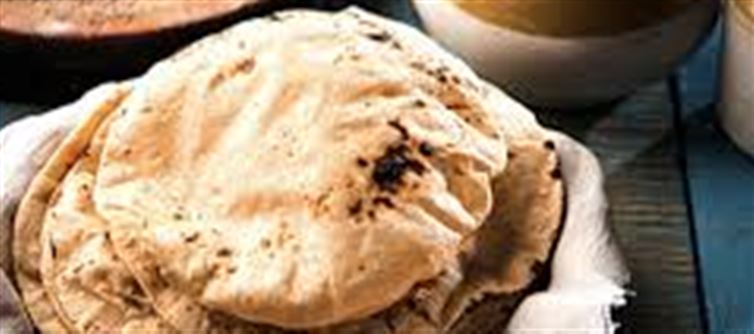
1. Why Your Chapatis Turn Hard: Understanding the Culprits
Soft, fluffy chapatis can make a meal memorable, but sometimes they turn hard and chewy. Knowing why this happens is the first step to fixing the problem. Factors like flour quality, water ratio, kneading, heat, and cooking time all play a role in the final texture.
2. Wrong Flour Quality Can Ruin Your Rotis
Not all wheat flours are created equal. Whole wheat flour with low gluten or excess bran can lead to dry, hard chapatis. Always choose fresh flour with the right gluten-to-fiber ratio to achieve softness. Old or stale flour tends to absorb more water and produce dense rotis.
3. Water Ratio: Finding the Sweet Spot
Too little water in the dough makes chapatis stiff, while too much water makes it sticky and unmanageable. The perfect balance is essential for pliable, soft dough. Warm water or milk can further improve dough elasticity, leading to tender chapatis that stay soft longer.
4. Kneading Matters More Than You Think
Kneading activates gluten, the protein responsible for elasticity and fluffiness. Insufficient kneading leads to dense, hard chapatis. Knead your dough for 8-10 minutes, then let it rest for at least 30 minutes so the gluten can relax and create soft, puffed rotis.
5. Cooking Heat and Timing Are Key
Cooking chapatis on low heat dries them before they puff, resulting in hard, chewy bread. Preheat your tawa and cook on medium-high heat, flipping quickly to retain moisture. Overcooking also removes essential moisture, making them rubbery once cooled.
6. Storage Tricks to Keep Chapatis Soft All Day
Once cooked, chapatis continue to lose moisture if left exposed. Store them in an insulated container or wrap them in a clean kitchen towel. This retains warmth and prevents drying, making them perfect for lunchboxes or meal prep.
Brushing chapatis with a little ghee or oil immediately after cooking locks in moisture and adds flavor. This simple step ensures your rotis stay soft for hours while adding a rich taste to each bite.
8. Conclusion: Soft Chapatis Made Simple
Soft, fluffy chapatis require attention to detail—from choosing the right flour and water ratio to kneading well, cooking at proper heat, and storing smartly. With these tips, you can enjoy tender rotis all day long, whether it’s breakfast, lunch, or dinner.
Disclaimer:
The views and opinions expressed in this article are those of the author and do not necessarily reflect the official policy or position of any agency, organization, employer, or company. All information provided is for general informational purposes only. While every effort has been made to ensure accuracy, we make no representations or warranties of any kind, express or implied, about the completeness, reliability, or suitability of the information contained herein. Readers are advised to verify facts and seek professional advice where necessary. Any reliance placed on such information is strictly at the reader’s own risk..jpg)




 click and follow Indiaherald WhatsApp channel
click and follow Indiaherald WhatsApp channel